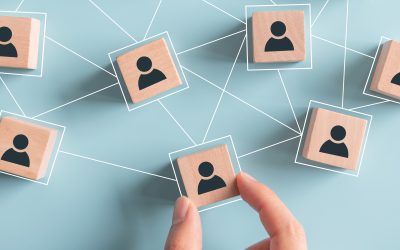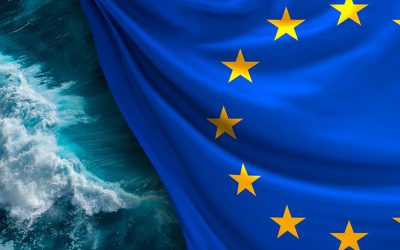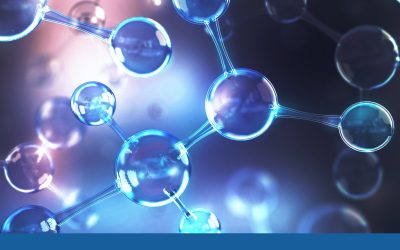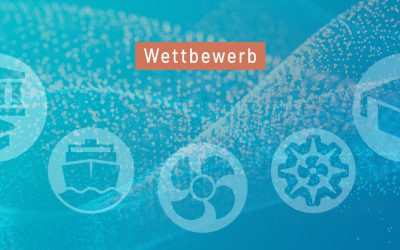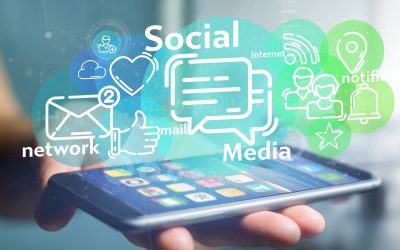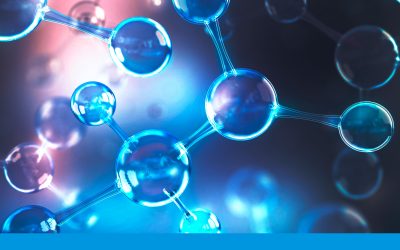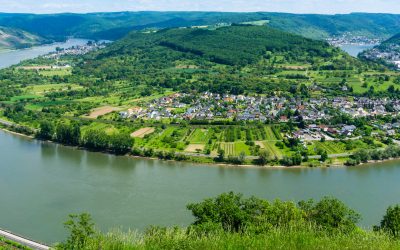

Capt. Runa Jörgens
Head of Issues and Projects/Shipping
Phone: +49 40 9999 698 - 71
E-Mail: Joergens[at]dmz-maritim.de
Autonomous Maritime Systems (AMS) are systems that can achieve a defined goal or result without human control. This covers a wide range of technical applications. They range from navigational assistance using technical systems to the fully automated navigation of ships using Artificial Intelligence (AI), the operation of (small) autonomous underwater vehicles (AUVs) in areas that are too dangerous for humans, or the automation of the handling process in container terminals. Autonomous underwater drones , for example, are already being used for exploration purposes to reach hard-to-reach locations at low cost.
The development of AMS can be observed in almost all (sub)segments of shipping. In the international context, products with a Technology Readiness Level (TRL) of 7 [1] and above have already been achieved. This was demonstrated by the „International field analysis on use for auotonomous maritime systems” commissioned by the German Maritime Centre. As part of the environment analysis, international AMS projects were identified and evaluated according to their characteristics and framework conditions. The AMS projects identified in the environment analysis formed the basis for the market analysis in this study.
The public debate on the use of AMS is currently taking place almost exclusively between scientific institutions, professional organisations and specialist authorities, and is primarily technological nature. However, companies in the maritime sector and the supply industries are also involved in the development and production of specific solutions for AMS.
Scientific research regarding the development of appropriate methods and procedures is progressing rapidly. At the same time, a “market for autonomous ships” is emering, which is primarily characterised by a high level of research and development and a few isolated companies. So far, there is no legal framework and a lack of standards and regulations.
The Study
To gain an overview of the size of the emerging market for AMS in Germany and Europe, the German Maritime Centre has commissioned a market development study. The aim of the study is to identify the various European and national players in the field of AMS through a market analysis and to describe the current market on the basis of an industry survey on AMS. One of the aims of the industry survey is to identify barriers to market entry for companies to develop recommendations for action for politics, administration and business on the results of the survey. The contractors for the study are BM Bergmann Marine GmbH and the Fraunhofer Centre for Maritime Logistics and Services CML (as subcontractors).
The current study is based on the results of the AMS environment analysis on AMS use cases already mentioned above. A characterisation of the AMS market environment was created, which formed the basis for conducting the industry survey. A systematic literature review was conducted to determine the current status of AMS and to identify active players [2] in the development and commercialisation of AMS. Based on the analysis of the AMS environment, further companies with a direct or potential interest in AMS were researched and relevant market participants were identified for the industry survey. In contrast to the previous study, in which the research was exclusively limited to autonomy level 4 as defined by the International Maritime Organisation (IMO), the current market analysis looked at activities with IMO autonomy levels 2 to 4. The period from 2018 to 2022 was analysed for potentially relevant AMS activities.
The industry survey was conducted in the different sub-segments of the maritime industry, shipping, ports, the supply industry, shipbuilding, the offshore sector and (hinterland) logistics. Members of the industry provided information on their activities, needs and the barriers to the implementation of AMS.
In the course of the study, together with the results of the environment analysis, 127 AMS activities of 269 players were identified worldwide. These include both pure research projects and specific product offerings by companies. The activities were categorised into the application areas of research, exploration and surveying, transport and dry cargo, and passenger transport.
212 European and national players from the various sub-segments were identified as target companies and contacted for the industry survey. 52 of the companies contacted responded, with the majority of respondents coming from the shipping, supply and port sub-segments. The results of the survey reflect the maritime industry’s view of the market potential and possible barriers to market entry. On this basis, the contractors developed recommendations for action for politics, business and administration.
Results of the study
The commitment of the sub-segments can be divided into different stages. The shipping, port and supply sectors can be described as particularly active in terms of their commitment to AMS. In the offshore, shipbuilding and (hinterland) logistics segments, few industry participants responded, making it difficult to draw general conclusions about AMS activities based on the survey responses. However, in order to provide sufficient information for all sub-segments, the results were supplemented by expert assessments. In an internal workshop, 14 experts from BM Bergmann Marine GmbH, the Fraunhofer CML, the Fraunhofer Institute for Communication, Information Processing and Ergonomics FKIE, the Bernhard Schulte Group, the German Society for Positioning and Navigation (DGON) and Anschütz GmbH were interviewed for this purpose.
The results of the industry survey revealed three major barriers to market entry:
- National and European companies consider regulatory uncertainty to be the biggest barrier to market entry. There is a lack of legal frameworks and regulations for AMS as well as rules for the authorisation and classification of AMS products.
- The second major barrier identified by the companies surveyed is market uncertainty. In all sub-segments, the lack of capital intensity in particular was cited, but also a lack of skilled labour.
- Technological uncertainty was cited as the third major barrier to market entry. The companies surveyed cited technical feasibility and research and development costs as the main hurdles.
Based on the results of the survey, recommendations for action were developed for politics, administration and business. Concrete measures and strategies to strengthen the market for AMS as well as specific recommendations for the individual sub-segments were compiled. The results of the survey were supplemented by expert assessments.
Among other things, the experts recommend that
- Germany should play an active role in international regulation and standardisation;
- Training and study programmes with a focus on AMS should be expanded and developed;
- Licensing procedures should be standardised at European level; and
- Synergies with other sectors should be sought and exploited in the development of AMS.
In order to reduce the financial risk associated with the development of new technologies, the establishment of a funding programme focused on AMS is also recommended.
Summary and outlook
The use of AMS will play an increasingly important role in the coming years. Strengthening and developing a market for AMS in Germany is crucial in order not to be left behind in the international technology race. The market survey has shown that a secure legal framework is essential for the commercial use of AMS. The uncertainties in the market can only be reduced if an innovative regulatory framework is developed. However, it is not only external challenges that influence the widespread commercial use of AMS. Internal factors such as investment risks and a shortage of skilled labour are also barriers to market entry that need to be removed.
In the future, the German Maritime Centre would like to support the development of a possible legal framework for AMS and act as a link between industry, science and administration.
[1] Technology readiness levels are used to describe the stage of development of a technical product. The various development stages of a technology are described on a scale of 1 to 9. “TLR 7” means that a system prototype is already being tested in real use; [2]Active players manufacture AMS, use them, evaluate and test the possible applications or supply components that enable the use of AMS.






